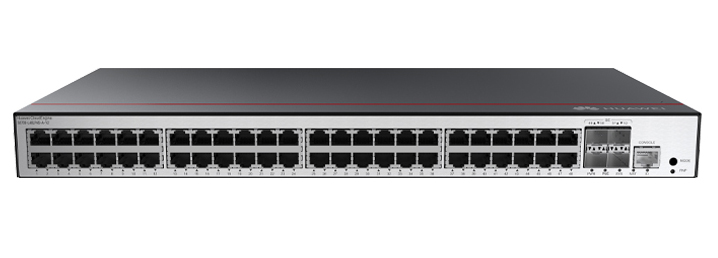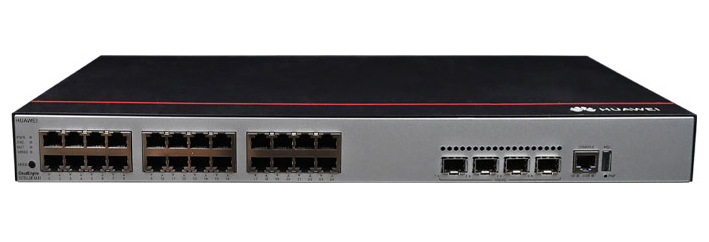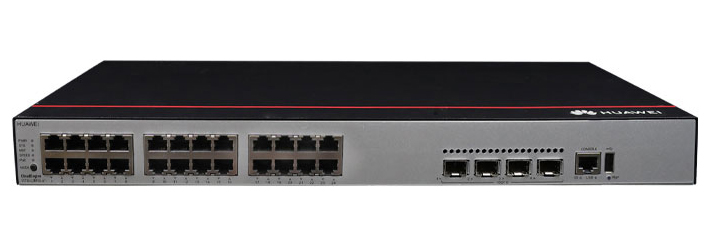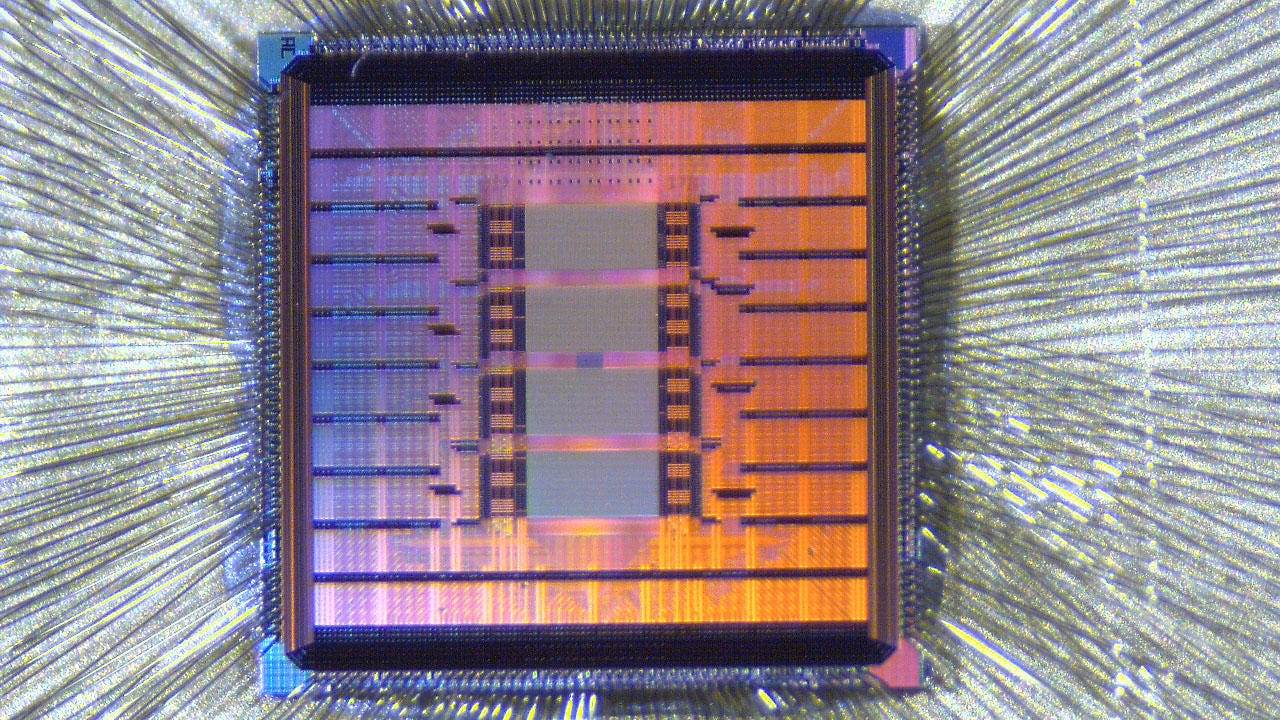































 Image: B. Hoskins/NIST
Image: B. Hoskins/NIST Chips used to develop new nanotechnology and semiconductor devices oftentimes have a large price tag, posing a big obstacle for innovation. To solve this issue, the US Department of Commerce's National Institute of Standards and Technology (NIST) has signed a cooperative research and development agreement with Google to develop and produce these chips.
In the agreement, Google will pay for the initial cost of setting up production and will subsidize the first production run, according to NIST.
NIST will then design the circuitry for the chips with the help of university partners such as the University of Michigan, the University of Maryland, George Washington University, Brown University and Carnegie Mellon University. They plan on designing as many as 40 different chips for different uses.
SEE:Digital transformation: Trends and insights for success
The circuit designs will be open source, which allows academic and small business researchers to utilize the chips without restrictions or licensing fees, making using the chip more accessible.
"Google has a long history of leadership in open-source," said Will Grannis, CEO of Google Public Sector. "Moving to an open-source framework fosters reproducibility, which helps researchers from public and private institutions iterate on each other's work. It also democratizes innovation in nanotechnology and semiconductor research."
With the cost of these chips reaching hundreds of thousands of dollars, innovation in the space has been limited to large companies. Since the collaboration is supposed to drastically decrease the price of chips, the cost will no longer serve as a barrier to entry for universities and startup researchers.
"By creating a new and affordable domestic supply of chips for research and development, this collaboration aims to unleash the innovative potential of researchers and startups across the nation," said under secretary of commerce for standards and technology and NIST director Laurie E. Locascio. "This is a great example of how government, industry and academic researchers can work together to enhance U.S. leadership in this critically important industry."
Modern microelectronic devices have stacked components, with the semiconductor chip being at the bottom layer. The collaboration will make a more advanced bottom-layer chip that has specialized structures for measuring and testing the performance of the components placed on top of it.
SkyWater Technology will manufacture these chips in the form of 200-millimeter discs of patterned silicon out of their Bloomington, Minnesota semiconductor foundry. Universities and other purchasers can then dice the discs into thousands of individual chips at their own processing facilities.
 Tags chauds:
technologie
informatique
Tags chauds:
technologie
informatique